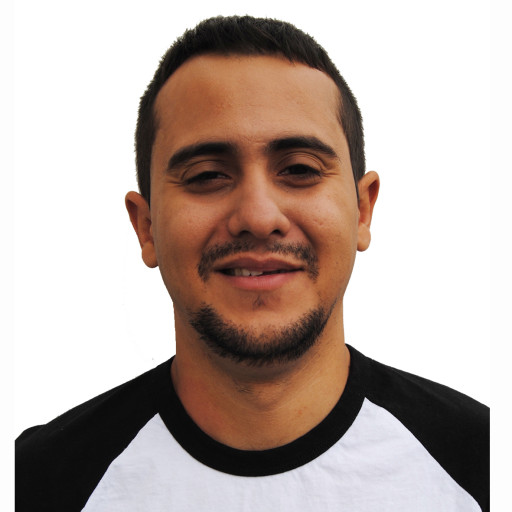Come and discover the wonderful Palau de les Arts Reina Sofia, one of the most emblematic architectural works in the world.
THE PRICE INCLUDES:
- GUIDED VISIT TO PALAU DE LES ARTS REINA SOFÍA.
- EXPLANATORY VISIT TO THE PERFECTION CENTER OF PLÁCIDO DOMINGO.
PRICE: 25€
MEETING POINT: PALAU DE LES ARTS REINA SOFÍA.
DURATION: 1H
*There are different rates depending on the type of visit, for more information, send an email to: info@whattodoinvalencia.com
* The Palau de les Arts Reina Sofía will be closed from August 1 to September 1.
History of the Palau de les Arts Reina Sofía.
It is the theater of the Valencian opera and it is also the seat of the Orchestra of the Valencian Community. This building is one of the works of the Spanish architect Santiago Calatrava, and is part of the architectural group of the City of Arts and Sciences.
The Palau de les Arts opened in 2005, being the first opera performed in 2006. This was "Fidelio" by the German composer Beethoven.
Helga Schmidt was the mayor of the Palau from the beginning until 2015. Helga hired Lorin Maazel as musical director, who also formed a new orchestra for Valencian theater, the Orquesta de la Comunitat Valenciana.
Due to the stage of this building, leaders of the baton have passed, such as Zubin Mehta (director of the Festival del Mediterrani until 2014) and well-known voices such as the tenor Plácido Domingo, who was part of the project directing the Perfection Center named after him, and that we will see in this visit.
After the passage of Helga Schmidt as mayor of the Palau, Davide Livermore succeeded her in 2015, with the musical direction shared between Roberto Abbado and Fabio Biondi.
It should be recognized that the Palau de les Arts Reina Sofia has suffered some setbacks. In 2013, part of the trencadís * that covers the building began to be discarded. This breakage resulted in the removal of the entire mosaic covering. Works to amend this adherence problem began in 2014.
About Santiago Calatrava (Valencia, 1951).
He is a Valencian architect considered one of the most creative of the moment. His designs are characterized by a futuristic air and technical and aesthetic innovation. Calatrava's extensive engineering knowledge has allowed him to specialize in the design of large structures, among which we can highlight his renowned bridges.
Santiago Calatrava began in 1969 the career of Architecture at the Polytechnic University of Valencia, where he graduated in 1973. He studied Civil Engineering at the famous Federal Polytechnic School of Zurich (Switzerland) considered one of the best scientific-technological universities in the world. Between 1979 and 1981 he received his doctorate there in Technical Sciences with the thesis "About the folding of structures" and worked as a teacher.
In 1981 he opened his first architecture and civil engineering studio in Zurich. Affiliated in 1987 to the Union of Swiss Architects (BSA), he received the Auguste Perret UIA Award (International Union of Architects) of Paris; in this city he established a second studio in 1989. In 1999 he was awarded the Prince of Asturias Prize for the arts; the same year he was named Doctor Honoris Causa by the University of Lünd (Sweden).
Despite its preference for symmetrical schemes, some of Calatrava's buildings present asymmetrical compositions, as in the position of the arches of some of their bridges, in which they achieve a great dynamic balance thanks to the placement of the different elements in relationship with the base.
There is no doubt that the figure of Calatrava stands out in a remarkable way in the architecture of the city of Valencia.
* Trencadís: type of ornamental application of the mosaic from ceramic fragments (basically tiles), joined with mortar.
 Fernando
Fernando